Lenovo ThinkBook 13s Gen 2 review – a portable powerhouse for your business needs
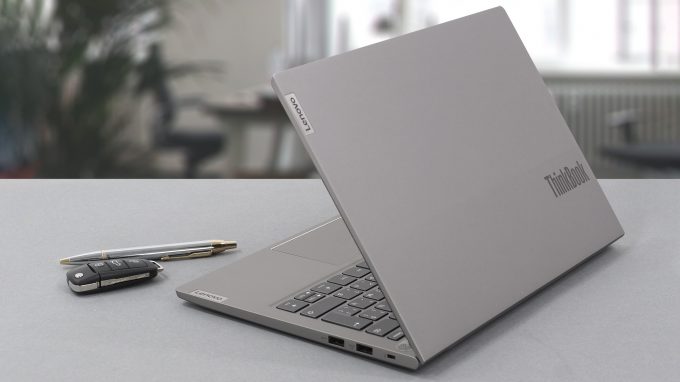 Obviously, the ThinkBook series is the newest addition to Lenovo’s portfolio. And now that they release their second-generation devices, we expect to see some improvements. Today we have the follow-up of the first-ever ThinkBook that we tested. It is appropriately called – ThinkBook 13s Gen 2. It looks like a mild refresh on the outside, but the internals pack the latest and greatest Intel has in the ULV space.
Obviously, the ThinkBook series is the newest addition to Lenovo’s portfolio. And now that they release their second-generation devices, we expect to see some improvements. Today we have the follow-up of the first-ever ThinkBook that we tested. It is appropriately called – ThinkBook 13s Gen 2. It looks like a mild refresh on the outside, but the internals pack the latest and greatest Intel has in the ULV space.
Yep, the Tiger Lake architecture is here, and we expect big feats from this little fella, given our experience with the last model. Interestingly, Lenovo went for a display with a 16:10 aspect ratio this year, after realizing that people in the business environment can make use of the higher vertical space. The manufacturer offers two IPS display options – a 1920×1200, and a 2560×1600 unit both of which should offer high sRGB coverage and Dolby Vision support, with some 1600p options featuring Low Power panels.
Before we take this notebook out of the box, you should know that it is no budget device, with the starting price at the moment of writing this review going at about $700 on Amazon, and the price quickly creeping up with the higher specs.
You can check the prices and configurations in our Specs System: https://laptopmedia.com/series/lenovo-thinkbook-13s-gen-2-intel/
Contents
Video Review
Specs Sheet
- HDD/SSD
- up to 2000GB SSD
- M.2 Slot
- 1x M.2 NVMe slot See photo
- RAM
- up to 16GB
- OS
- Windows 11 Pro, Windows 10 Pro, Windows 10 Home, No OS
- Battery
- 56Wh, 4-cell, 56Wh
- Body material
- Aluminum
- Dimensions
- 299 x 210 x 14.9 mm (11.77" x 8.27" x 0.59")
- Weight
- 1.26 kg (2.8 lbs)
- Ports and connectivity
- 1x USB Type-C
- 3.2 Gen 2 (10 Gbps), Thunderbolt 4, Power Delivery (PD), DisplayPort
- 2x USB Type-A
- 3.2 Gen 1 (5 Gbps)
- HDMI
- 2.0b
- Card reader
- Ethernet LAN
- Wi-Fi
- 802.11ax
- Bluetooth
- 5.1
- Audio jack
- 3.5mm Combo Jack
- Features
- Fingerprint reader
- optional
- Web camera
- HD
- Backlit keyboard
- Microphone
- Dual-Array Digital Microphones
- Speakers
- 2x 2W, Dolby Audio
- Optical drive
- Security Lock slot
- Kensington Lock Slot
All Lenovo ThinkBook 13s Gen 2 (Intel) configurations
What’s in the box?
Inside the package, you will receive some paper manuals, a 65W USB Type-C power brick, and the laptop itself.
Design and construction
Even though the last-generation device was already thin and light, Lenovo managed to shave off a few grams and slim down the profile even further. Now, the laptop weighs 1.26 kg and is 14.9mm thick. Also, the build quality is amazing with little-to-no flex in both the chassis and the lid. This is thanks to the aluminum used for the entire notebook. Additionally, you can see that the styling on the lid, which embodies two shades of Grey finds its way to the ThinkBook 13s Gen 2.
Unfortunately, the hinges on this model are too tight, and the lid can’t be opened with a single hand. However, the bezels around the 16:10 matte display are extremely narrow, and the top one features a notch, which holds the 720p camera and the ThinkShutter. By the way, the privacy shutters on some laptops on the market are quite tough to open/close, so the fluidity of this one doesn’t come unnoticed.
Then, let’s take a look at the base. It features a Power button, paired with a fingerprint reader. It is separated from the keyboard deck, which makes accidental hits unlikely. As for the keyboard, itself, it is a generally comfortable unit, with large keycaps, clicky feedback, but a short travel. However, this is expected, because of the ultra-thin profile of the device. Additionally, there is a dedicated Service Hotkey for on-demand support, as well as a dual-stage backlight. Ultimately, there is some deck flex, but it is nothing to worry about.
Despite the taller aspect ratio, the touchpad here is not that big, which is a bummer, because it feels like a missed opportunity. On the other hand, it has a Mylar surface, which provides a somewhat smooth gliding and great tracking experience. Moreover, the clicking mechanism feels good, but when you try clicking in the top half of the area, you will need to use significantly more force.
If you didn’t notice already, there is a print, stating that this notebook’s sound matters are provided by Harman. The speakers, themselves, are firing downwards. Still, on the bottom panel, you will see the ventilation grills, with the hot air escaping through the back of the laptop.
Ports
On the left side, there is a Thunderbolt 4 connector, used also for charging, an HDMI 2.0b connector, and an аudio jack. Then, on the right, you have a Kensington Nano security slot, and two USB Type-A 3.2 (Gen. 1) ports.
Disassembly, upgrade options and maintenance
To take this laptop apart, you need to undo 9 Torx-head screws. Then just pry the bottom panel with a plastic tool and remove it from the chassis.
Here, the battery pack has a capacity of 56Wh which should be plenty for a 13-inch notebook.
Unfortunately, all of the memory is soldered to the motherboard. Also, the laptop comes in configurations with 8 or 16GB of RAM, which is a downgrade from last year. On the bright side, the modules work at dual-channel. Storage-wise, there is one M.2 PCIe x4 slot.
Once again, there is one rather thick heat pipe cooling the CPU, and it ends in two heat sinks, where the heat is dissipated by two differently-sized fans.
Display quality
Lenovo ThinkBook 13s Gen 2 is equipped with a WUXGA IPS panel, IVO M133NW4J R0 (LEN819C). Its diagonal is 13.3-inch (33.78 cm), and the resolution – 1920 х 1200p. Additionally, the screen ratio is 16:10, the pixel density – 170 ppi, their pitch – 0.149 х 0.149 mm. The screen can be considered Retina when viewed from at least 50 cm (from this distance, the average human eye can’t see the individual pixels).
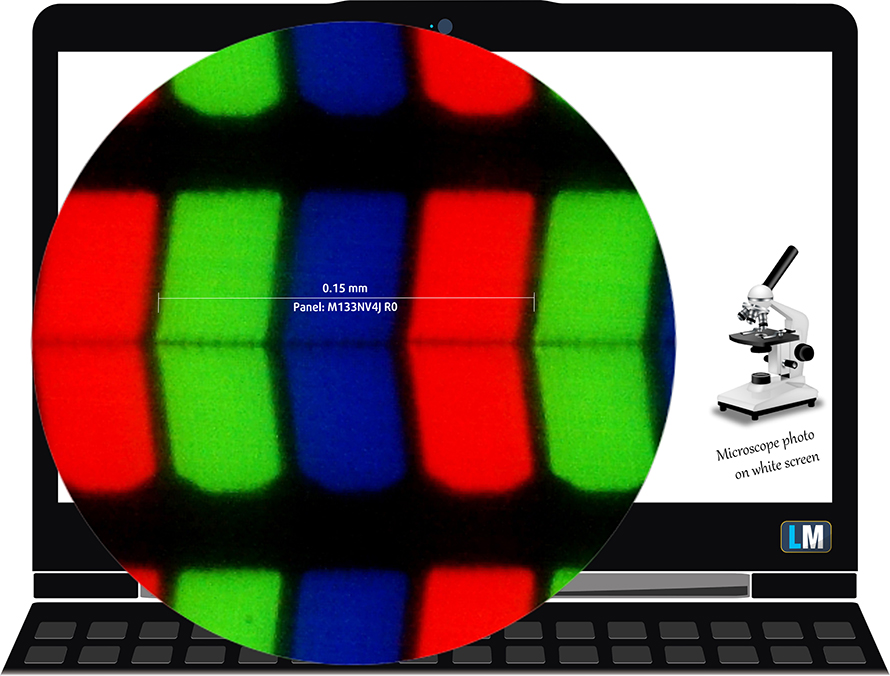
Viewing angles are comfortable. We offer images at different angles to evaluate the quality.
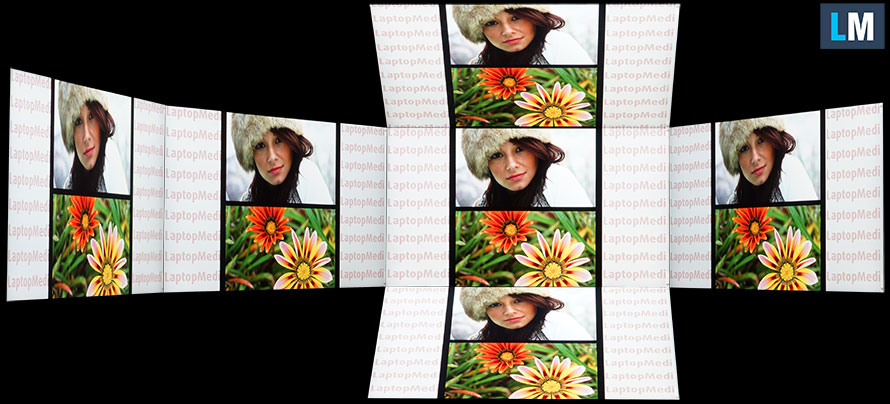
The maximum measured brightness is 361 nits (cd/m2) in the middle of the screen and 334 nits (cd/m2) average across the surface with a maximum deviation of 15%. The Correlated Color Temperature on a white screen and at maximum brightness is 6600K – slightly colder, almost matching the 6500K temperature standard for sRGB.
In the illustration below you can see how the display performs from a uniformity perspective. The illustration below shows how matters are for operational brightness levels (approximately 140 nits) – in this particular case at 80% Brightness (White level = 143 cd/m2, Black level = 0.09 cd/m2).
Values of dE2000 over 4.0 should not occur, and this parameter is one of the first you should check if you intend to use the laptop for color-sensitive work (a maximum tolerance of 2.0 ). The contrast ratio is very good – 1650:1.
To make sure we are on the same page, we would like to give you a little introduction to the sRGB color gamut and the Adobe RGB. To start, there’s the CIE 1976 Uniform Chromaticity Diagram that represents the visible specter of colors by the human eye, giving you a better perception of the color gamut coverage and the color accuracy.
Inside the black triangle, you will see the standard color gamut (sRGB) that is being used by millions of people on HDTV and on the web. As for the Adobe RGB, this is used in professional cameras, monitors, etc for printing. Basically, colors inside the black triangle are used by everyone and this is the essential part of the color quality and color accuracy of a mainstream notebook.
Still, we’ve included other color spaces like the famous DCI-P3 standard used by movie studios, as well as the digital UHD Rec.2020 standard. Rec.2020, however, is still a thing of the future and it’s difficult for today’s displays to cover that well. We’ve also included the so-called Michael Pointer gamut, or Pointer’s gamut, which represents the colors that naturally occur around us every day.
The yellow dotted line shows Lenovo ThinkBook 13s Gen 2’s color gamut coverage.
Its display covers 97% of the sRGB/ITU-R BT.709 (web/HDTV standard) in CIE1976, providing a punchy and vibrant image.
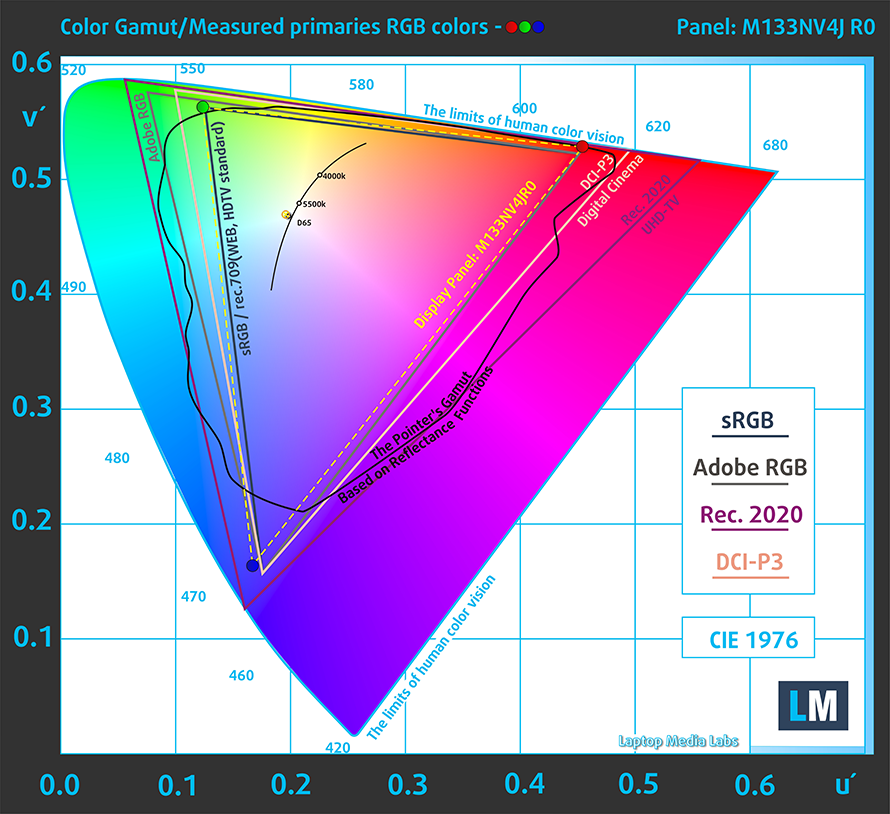
Our “Design and Gaming” profile delivers optimal color temperature (6500K) at 140 cd/m2 luminance and sRGB gamma mode.
We tested the accuracy of the display with 24 commonly used colors like light and dark human skin, blue sky, green grass, orange, etc. You can check out the results at factory condition and also, with the “Design and Gaming” profile.
Below you can compare the scores of Lenovo ThinkBook 13s Gen 2 with the default settings (left), and with the “Gaming and Web design” profile (right).
The next figure shows how well the display is able to reproduce really dark parts of an image, which is essential when watching movies or playing games in low ambient light.
The left side of the image represents the display with stock settings, while the right one is with the “Gaming and Web Design” profile activated. On the horizontal axis, you will find the grayscale, and on the vertical axis – the luminance of the display. On the two graphs below you can easily check for yourself how your display handles the darkest nuances but keep in mind that this also depends on the settings of your current display, the calibration, the viewing angle, and the surrounding light conditions.
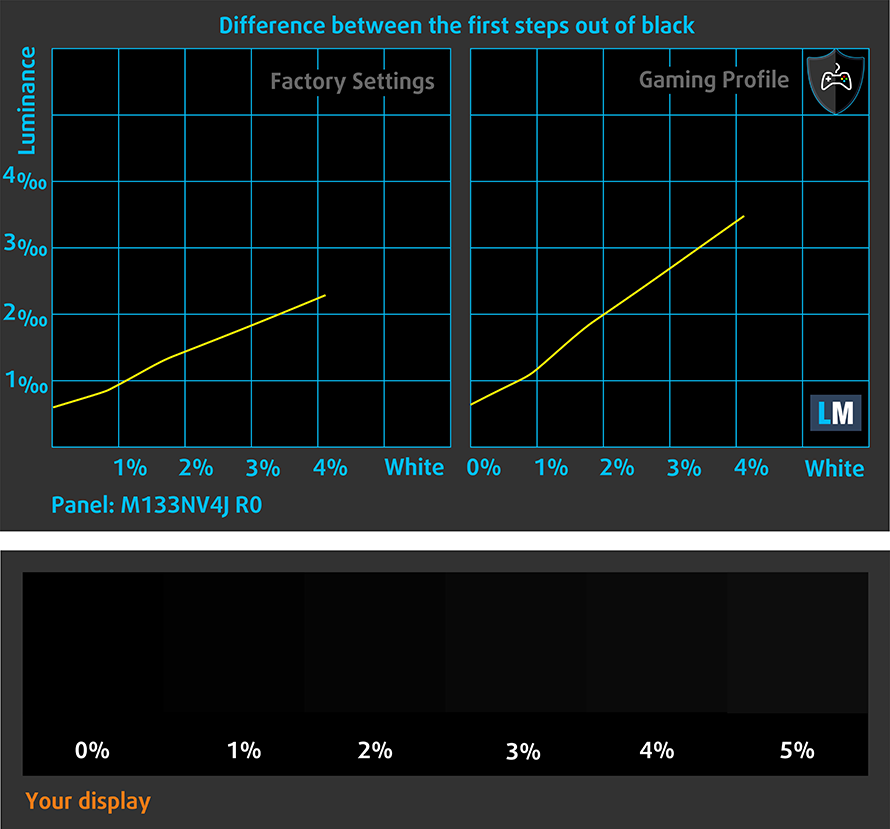
Response time (Gaming capabilities)
We test the reaction time of the pixels with the usual “black-to-white” and “white-to-black” method from 10% to 90% and vice versa.
We recorded Fall Time + Rise Time = 31 ms
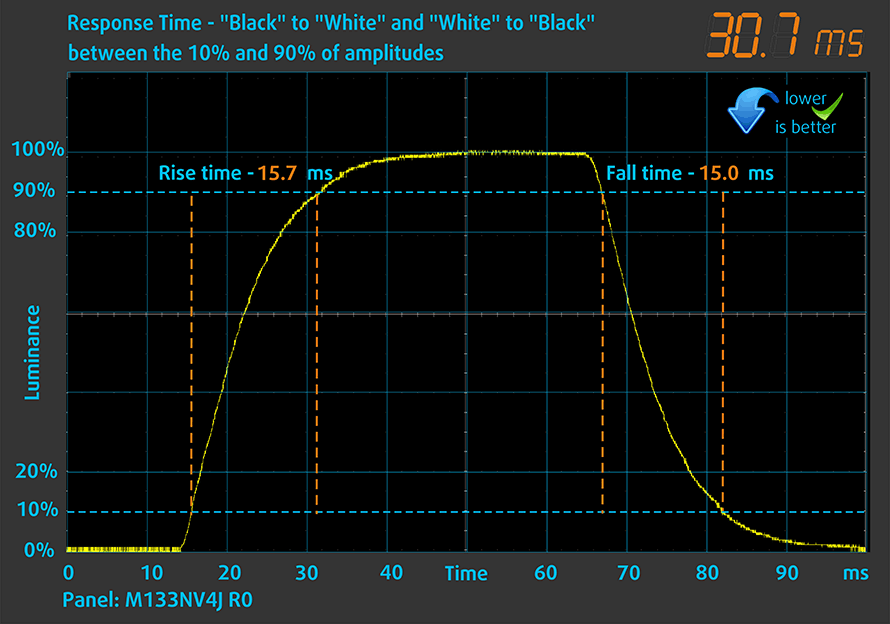
After that, we test the reaction time of the pixels with the usual “Gray-to-Gray” method from 50% White to 80% White and vice versa between 10% and 90% of the amplitude.

Health impact – PWM / Blue Light
PWM (Screen flickering)
Pulse-width modulation (PWM) is an easy way to control monitor brightness. When you lower the brightness, the light intensity of the backlight is not lowered, but instead turned off and on by the electronics with a frequency indistinguishable to the human eye. In these light impulses, the light/no-light time ratio varies, while brightness remains unchanged, which is harmful to your eyes. You can read more about that in our dedicated article on PWM
Lenovo ThinkBook 13s Gen 2’s backlight doesn’t utilize PWM at any brightness level. This makes it comfortable and safe for work across long periods of time.
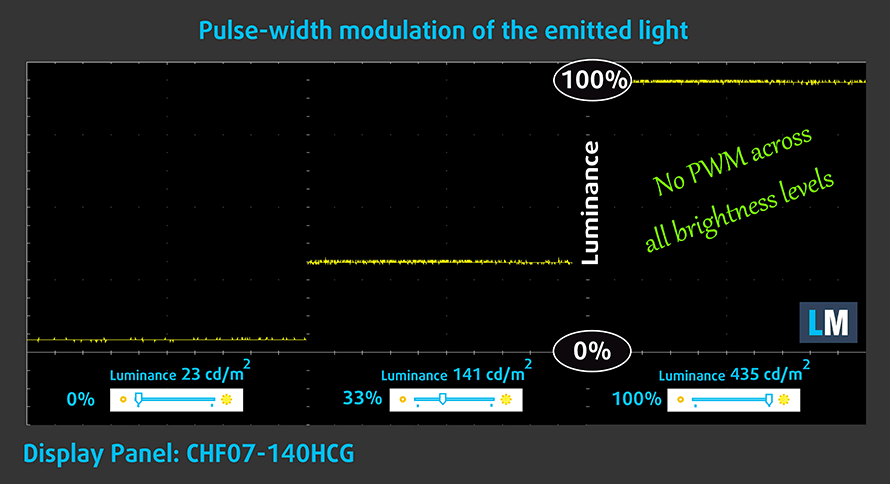
Blue light emissions
Installing our Health-Guard profile not only eliminates PWM but also reduces the harmful Blue Light emissions while keeping the colors of the screen perceptually accurate. If you’re not familiar with the Blue light, the TL;DR version is – emissions that negatively affect your eyes, skin, and your whole body. You can find more information about that in our dedicated article on Blue Light.
Conclusion
Lenovo ThinkBook 13s Gen 2’s IPS panel has a WUXGA resolution, comfortable viewing angles, a very good contrast ratio, and pretty wide color coverage (97% of the sRGB gamut). Most importantly, its backlight doesn’t flicker at any brightness level, rendering the laptop safe in this aspect. In addition to that, we monitored pretty good color accuracy, especially with our Gaming and Web design profile applied. Although this is great news for e-commerce, where the accurate color representation is needed to make the right purchase decision, or provide your customers with the spot-on product, Web designers, and professionals won’t be satisfied, as we found too big of a deviation of the color in the bottom left corner of the display in our unit.
Buy our profiles
Since our profiles are tailored for each individual display model, this article and its respective profile package are meant for Lenovo ThinkBook 13s Gen 2 configurations with 13.3″ IVO M133NW4J R0 (FHD+, 1920 × 1200) IPS panel.
*Should you have problems with downloading the purchased file, try using a different browser to open the link you’ll receive via e-mail. If the download target is a .php file instead of an archive, change the file extension to .zip or contact us at [email protected].
Read more about the profiles HERE.
In addition to receiving efficient and health-friendly profiles, by buying LaptopMedia's products you also support the development of our labs, where we test devices in order to produce the most objective reviews possible.

Office Work
Office Work should be used mostly by users who spend most of the time looking at pieces of text, tables or just surfing. This profile aims to deliver better distinctness and clarity by keeping a flat gamma curve (2.20), native color temperature and perceptually accurate colors.

Design and Gaming
This profile is aimed at designers who work with colors professionally, and for games and movies as well. Design and Gaming takes display panels to their limits, making them as accurate as possible in the sRGB IEC61966-2-1 standard for Web and HDTV, at white point D65.

Health-Guard
Health-Guard eliminates the harmful Pulse-Width Modulation (PWM) and reduces the negative Blue Light which affects our eyes and body. Since it’s custom tailored for every panel, it manages to keep the colors perceptually accurate. Health-Guard simulates paper so the pressure on the eyes is greatly reduced.
Get all 3 profiles with 33% discount
Sound
Lenovo ThinkBook 13s Gen 2’s Harman tuned speakers produce a sound of good quality. Its low, mid, and high tones are clear of deviations.
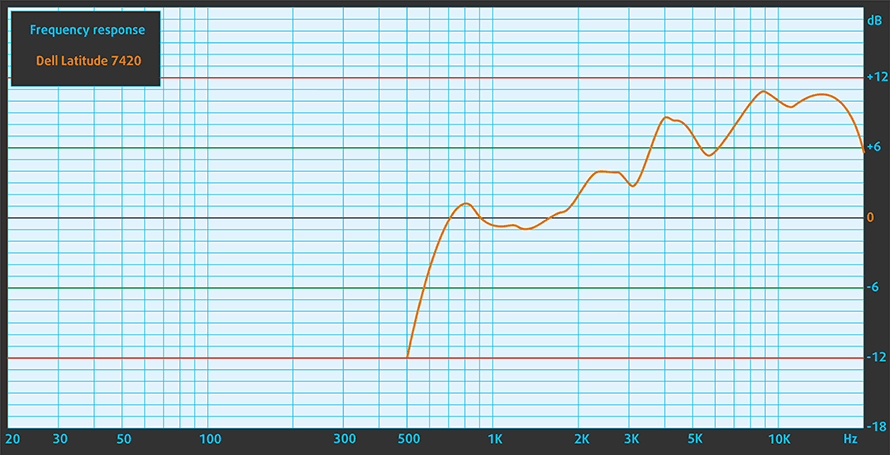
Drivers
All of the drivers and utilities for this notebook can be found here: https://pcsupport.lenovo.com/us/en/products/laptops-and-netbooks/thinkbook-series/thinkbook-13s-g2-itl/downloads/driver-list
Battery
Now, we conduct the battery tests with Windows Better performance setting turned on, screen brightness adjusted to 120 nits, and all other programs turned off except for the one we are testing the notebook with. This device’s 56Wh battery pack lasts for 11 hours and 20 minutes of Web browsing, and 9 hours and 29 minutes of video playback.
In order to simulate real-life conditions, we used our own script for automatic web browsing through over 70 websites.
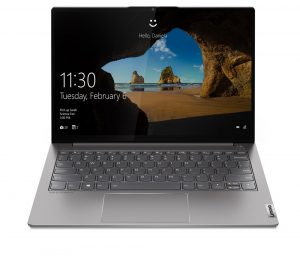
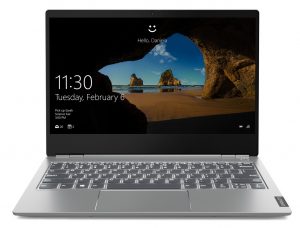
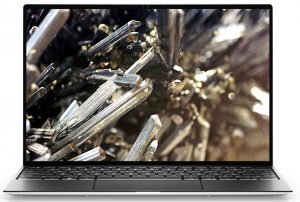
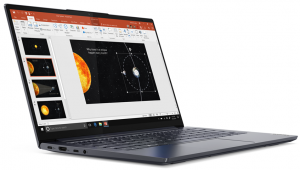
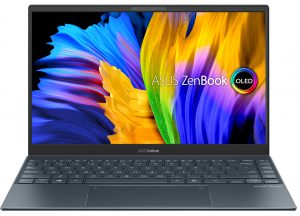
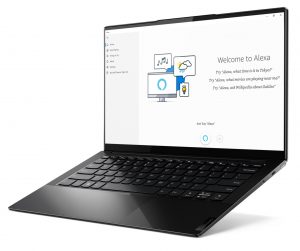
For every test like this, we use the same video in HD.






CPU options
With this laptop, you get to choose from two processors – the Core i5-1135G7, and the Core i7-1165G7.
Results are from the Cinebench 20 CPU test (the higher the score, the better)
Results are from our Photoshop benchmark test (the lower the score, the better)
Lenovo ThinkBook 13s Gen 2 (Intel) CPU variants
Here you can see an approximate comparison between the CPUs that can be found in the Lenovo ThinkBook 13s Gen 2 (Intel) models on the market. This way you can decide for yourself which Lenovo ThinkBook 13s Gen 2 (Intel) model is the best bang for your buck.
Note: The chart shows the cheapest different CPU configurations so you should check what the other specifications of these laptops are by clicking on the laptop’s name / CPU.
Results are from the Cinebench R23 CPU test (the higher the score, the better)
Results are from our Photoshop benchmark test (the lower the score, the better)
GPU options
On the other hand, you don’t get a dedicated GPU option, so you are left with the integrated Iris Xe Graphics G7 with either 80EUs or 96EUs, depending on the CPU choice.
Results are from the 3DMark: Time Spy (Graphics) benchmark (higher the score, the better)
Results are from the 3DMark: Fire Strike (Graphics) benchmark (higher the score, the better)
Results are from the Unigine Superposition benchmark (higher the score, the better)
Lenovo ThinkBook 13s Gen 2 (Intel) GPU variants
Here you can see an approximate comparison between the GPUs that can be found in the Lenovo ThinkBook 13s Gen 2 (Intel) models on the market. This way you can decide for yourself which Lenovo ThinkBook 13s Gen 2 (Intel) model is the best bang for your buck.
Note: The chart shows the cheapest different GPU configurations so you should check what the other specifications of these laptops are by clicking on the laptop’s name / GPU.
Results are from the 3DMark: Time Spy (Graphics) benchmark (higher the score, the better)
Results are from the 3DMark: Fire Strike (Graphics) benchmark (higher the score, the better)
Results are from the 3DMark: Wild Life (Graphics) benchmark (higher the score, the better)
Results are from the Unigine Superposition benchmark (higher the score, the better)
Gaming tests

| CS:GO | HD 1080p, Low (Check settings) | HD 1080p, Medium (Check settings) | HD 1080p, MAX (Check settings) |
|---|---|---|---|
| Average FPS | 184 fps | 133 fps | 70 fps |

| DOTA 2 | HD 1080p, Low (Check settings) | HD 1080p, Normal (Check settings) | HD 1080p, High (Check settings) |
|---|---|---|---|
| Average FPS | 139 fps | 91 fps | 63 fps |
Temperatures and comfort
Max CPU load
In this test we use 100% on the CPU cores, monitoring their frequencies and chip temperature. The first column shows a computer’s reaction to a short load (2-10 seconds), the second column simulates a serious task (between 15 and 30 seconds), and the third column is a good indicator of how good the laptop is for long loads such as video rendering.
Average core frequency (base frequency + X); CPU temp.
| Intel Core i5-1135G7 (15W TDP) | 0:02 – 0:10 sec | 0:15 – 0:30 sec | 10:00 – 15:00 min |
|---|---|---|---|
| Lenovo ThinkBook 13s Gen 2 | 3.64 GHz (B+52%) @ 91°C @ 49W | 3.47 GHz (B+45%) @ 95°C @ 43W | 2.20 GHz @ 64°C @ 20W |
| Dell XPS 13 9310 | 3.15 GHz (B+31%) @ 100°C @ 40W | 2.73 GHz (B+14%) @ 100°C @ 30W | 1.65 GHz @ 73°C @ 15W |
| Dell Vostro 15 5502 | 3.33 GHz (B+39%) @ 100°C @ 38W | 1.96 GHz @ 72°C @ 14W | 2.02 GHz @ 74°C @ 15W |
| Dell Vostro 14 5402 | 3.02 GHz (B+26%) @ 99°C @ 29W | 2.61 GHz (B+9%) @ 99°C @ 25W | 2.00 GHz @ 76°C @ 15W |
| MSI Modern 15 (A11X) | 3.59 GHz (B+50%) @ 94°C @ 44W | 3.45 GHz (B+44%) @ 95°C @ 40W | 3.18 GHz (B+33%) @ 91°C @ 34W |
| Lenovo ThinkBook 14s Yoga | 3.52 GHz (B+47%) @ 94°C | 3.24 GHz (B+35%) @ 94°C | 2.63 GHz (B+10%) @ 75°C |
| Lenovo ThinkPad E15 Gen 2 | 3.35 GHz (B+40%) @ 90°C | 3.14 GHz (B+31%) @ 71°C | 2.57 GHz (B+7%) @ 64°C |
| HP ProBook 450 G8 | 3.73 GHz (B+55%) @ 90°C | 2.44 GHz (B+2%) @ 71°C | 2.09 GHz @ 64°C |
| Lenovo Yoga 7 (14) | 3.34 GHz (B+39%) @ 94°C | 2.97 GHz (B+24%) @ 94°C | 2.39 GHz @ 75°C |
| Acer Aspire 5 (A514-54) | 3.54 GHz (B+48%) @ 87°C | 2.01 GHz @ 66°C | 2.03 GHz @ 67°C |
Lenovo continues its form of good cooling solutions with the ThinkBook 13s Gen 2. As you can see, it completely obliterates the Dell XPS 13 9310, which is significantly more expensive. And although the frequency at the end shows 2.20 GHz, we saw it creep up to about 2.45 GHz after further 10 minutes pass. It is weird, but the cooling can easily handle the extra 250 MHz per core.
Comfort during full load
This comes at the expense of noise. Yes, you can toggle the performance mode with Lenovo’s Vantage software, but if you need to get everything out of your notebook – you will experience slightly higher noise levels than usual. Also, the hottest spot on the keyboard reached just over 41°C.
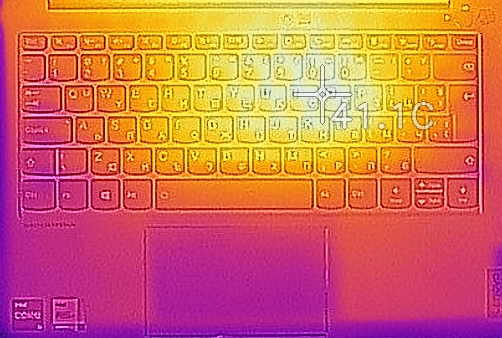
Verdict
Lenovo has built a very high-quality product here. It has a fantastic performance, even when equipped with the Core i5-1135G7. And in contrast to other units, where the power is biased to either the CPU or the iGPU, here, you get all-in on both. We were really impressed by the frames per second we got in titles like CS:GO, and DOTA2.
Indeed, this is no gaming device, but every business person or student would want to entertain himself after a long they at work/school. Additionally, a similarly long day can be finished on a single battery charge, as we got 11 hours and 20 minutes of Web browsing, and about 9 hours and a half of video playback.
Lenovo ThinkBook 13s Gen 2’s IPS panel has a WUXGA resolution, comfortable viewing angles, a very good contrast ratio, and pretty wide color coverage (97% of the sRGB gamut). Most importantly, its backlight doesn’t flicker at any brightness level, rendering the laptop safe in this aspect. In addition to that, we monitored pretty good color accuracy, especially with our Gaming and Web design profile applied. Although this is great news for e-commerce, where the accurate color representation is needed to make the right purchase decision, or provide your customers with the spot-on product, Web designers, and professionals won’t be satisfied, as we found too big of a deviation of the color in the bottom left corner of the display in our unit.
There are two other issues that we would like to factor in. First – the nonupgradable memory. Not only did Lenovo remove the RAM SODIMM slot that was present on last year’s model, but they limited the maximum configurable memory to 16GB. To some consolation, it works in dual-channel mode. And the second problem here is the lack of an SD card reader of any kind. Also, if you want to juice up your notebook, the Thunderbolt 4 connector will be unusable, so you will most definitely need a dongle. Other than that, it is good to see USB Type-A ports, especially on a laptop that is only 14.9mm thick.
Some miscellaneous features include Wi-Fi 6, a privacy shutter, a backlit keyboard, a fingerprint reader, and a dedicated Service Hotkey. For some people, the perks of this notebook may outweigh the setbacks, which hinder the hassle-free use. And we feel like such people, because, if you compare the ThinkBook 13s Gen 2 to the Dell XPS 13 9310, you will see a better performance, and wider I/O, which is complemented by a super rigid, yet light structure. In our opinion, investing in this laptop is a good decision, provided you do two things – get the 16GB version, and a USB Type-C dongle – just in case.
Pros
- Premium all-aluminum build
- Doesn’t use PWM to adjust screen brightness (AUO B133HAN05.9)
- Covers 97% of sRGB and with our Gaming and Web design profile, the colors become extremely accurate (AUO B133HAN05.9)
- Good battery life
- 16:10 display with reasonably high maximum brightness and Dolby Vision support
- Impressive cooling solution and great performance
Cons
- No SD card reader
- Soldered memory
- High color deviation in the bottom left corner
You can check the prices and configurations in our Specs System: https://laptopmedia.com/series/lenovo-thinkbook-13s-gen-2-intel/


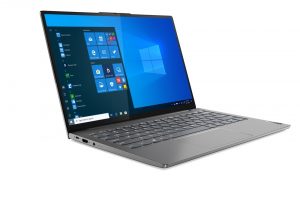
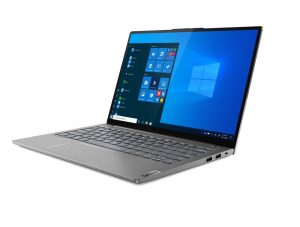
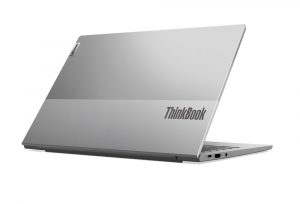
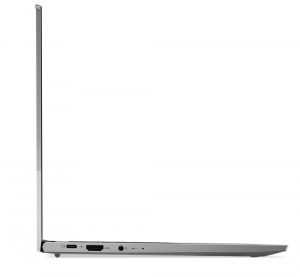
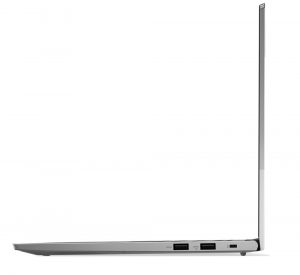

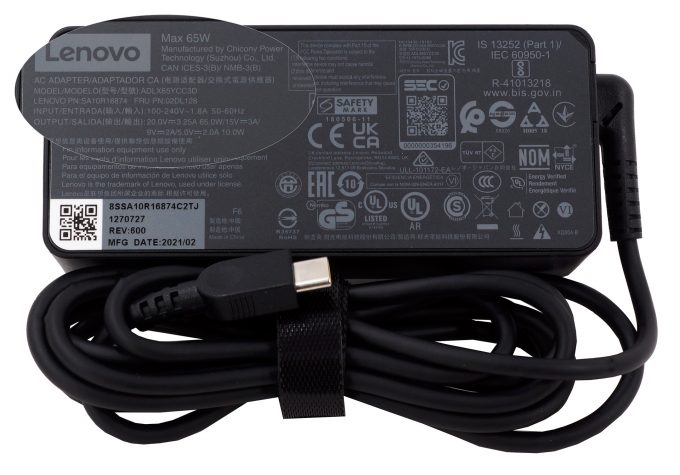
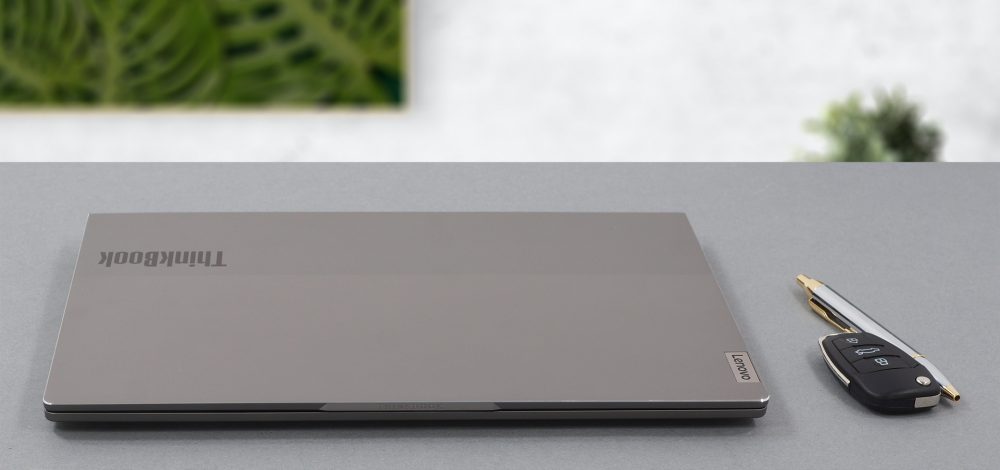
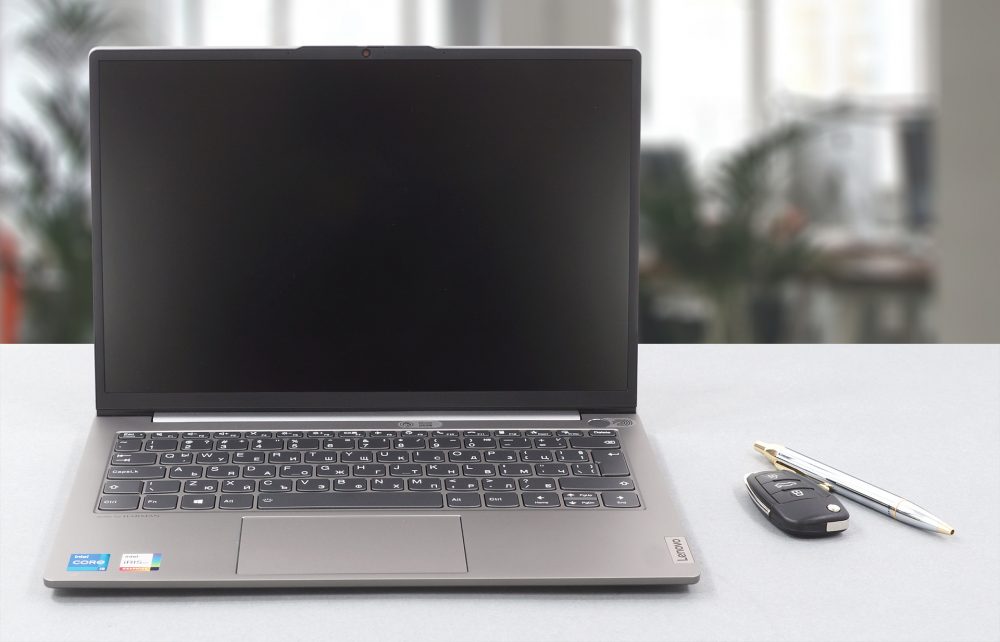
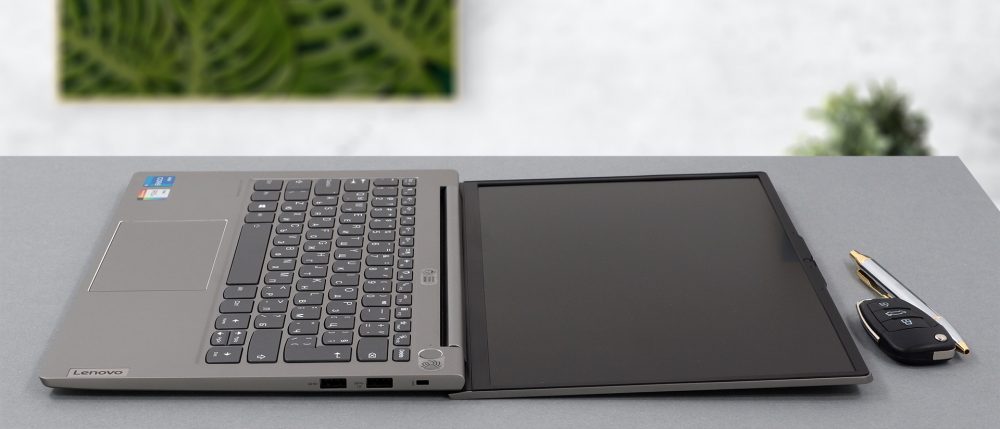
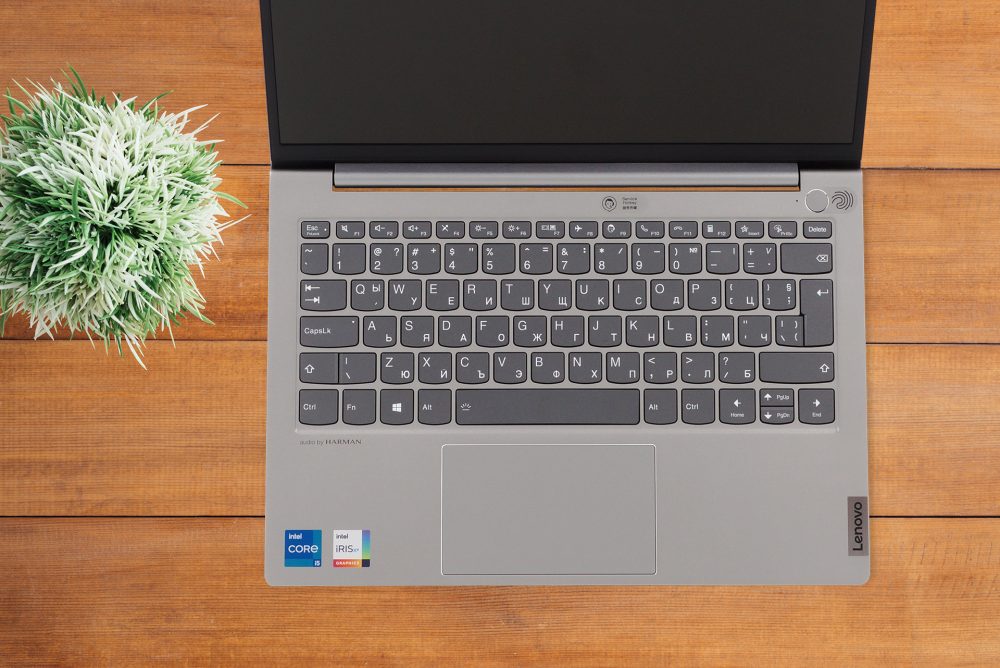
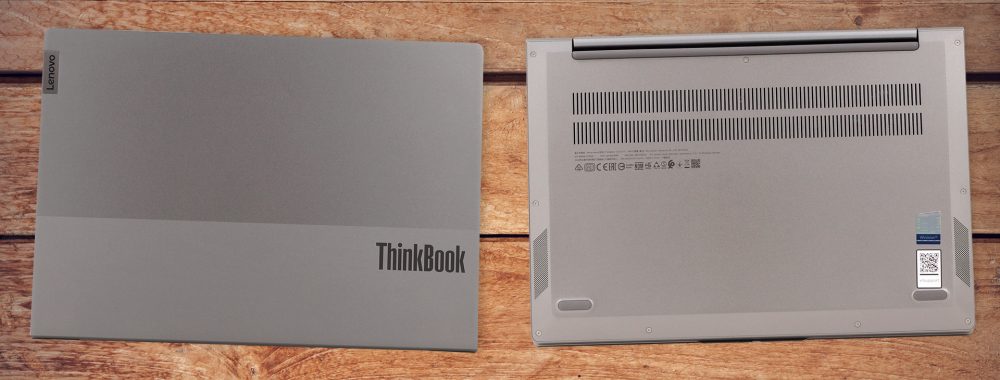


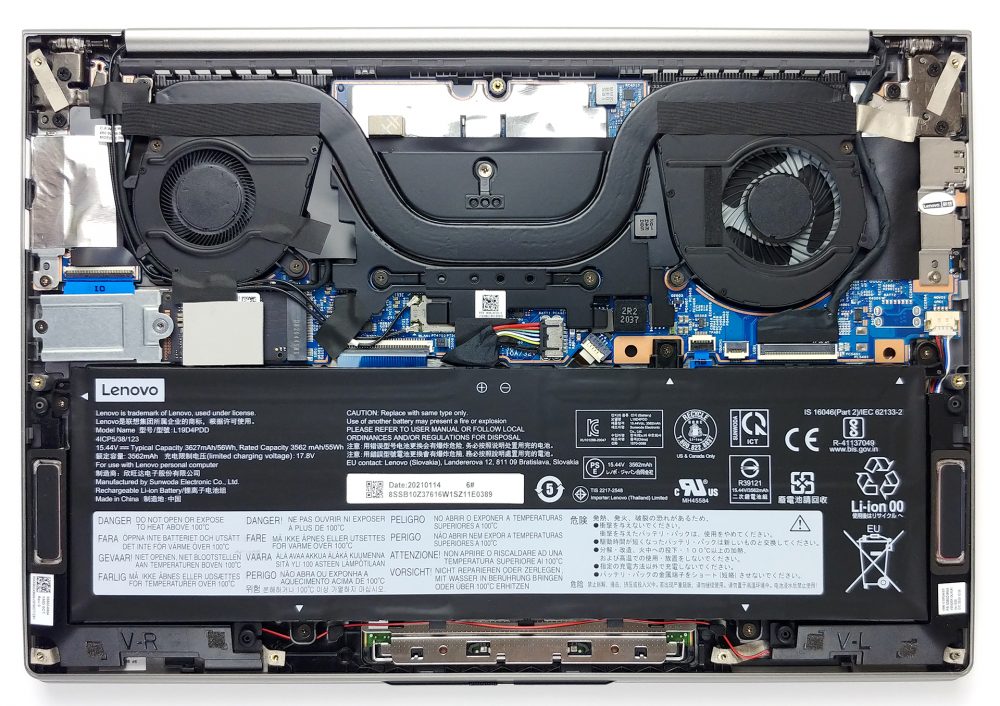
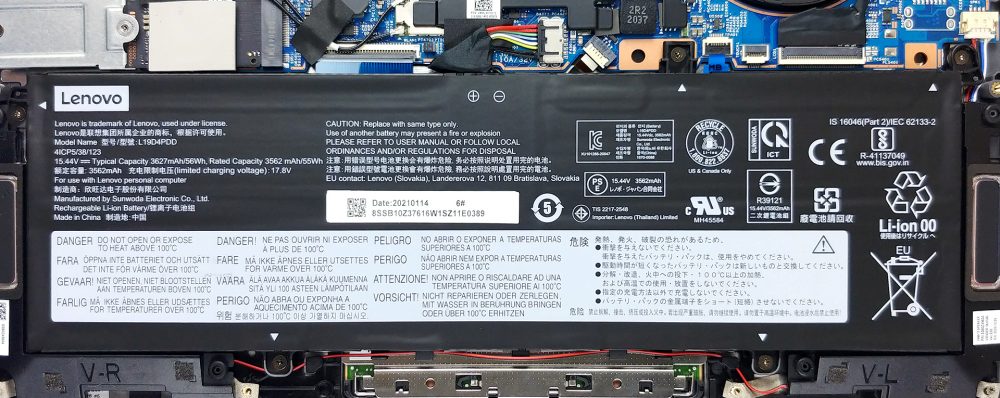
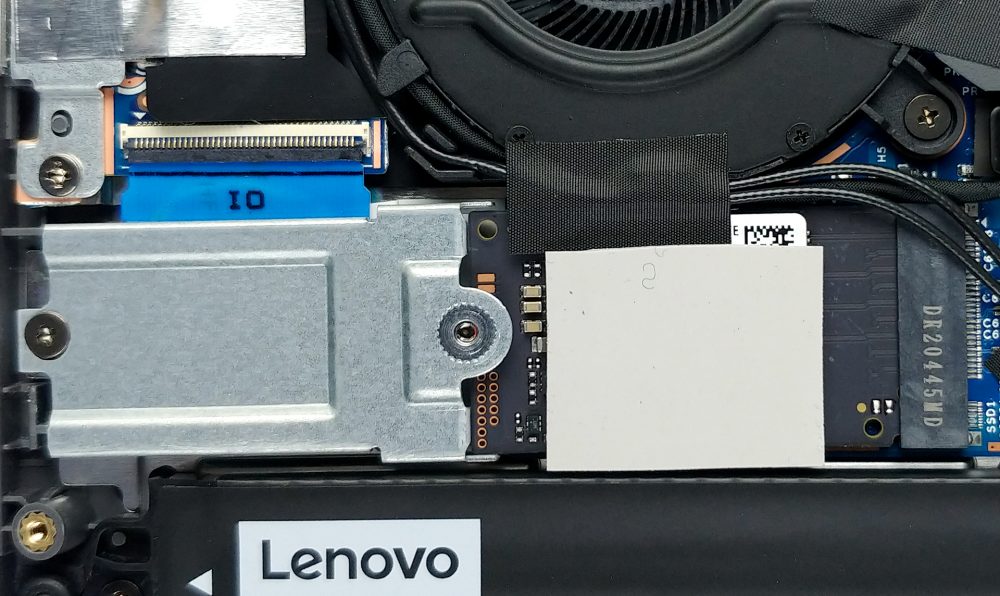


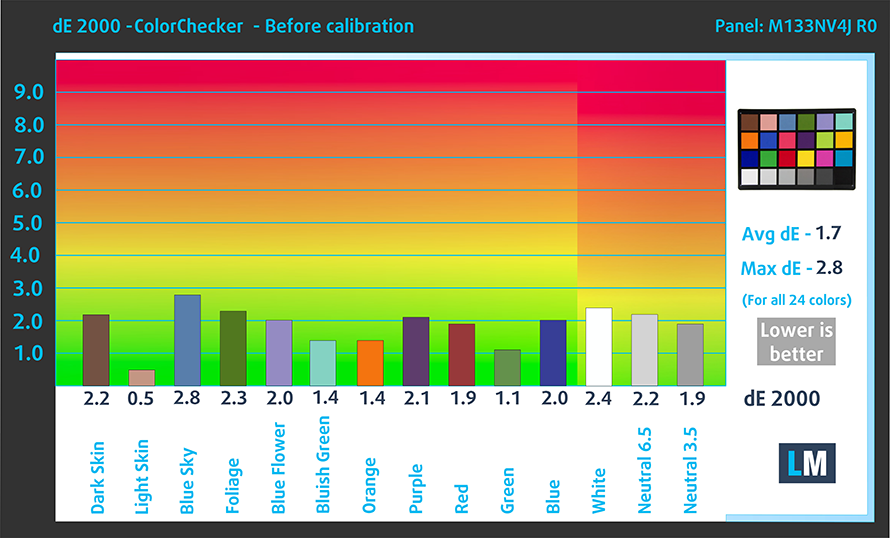
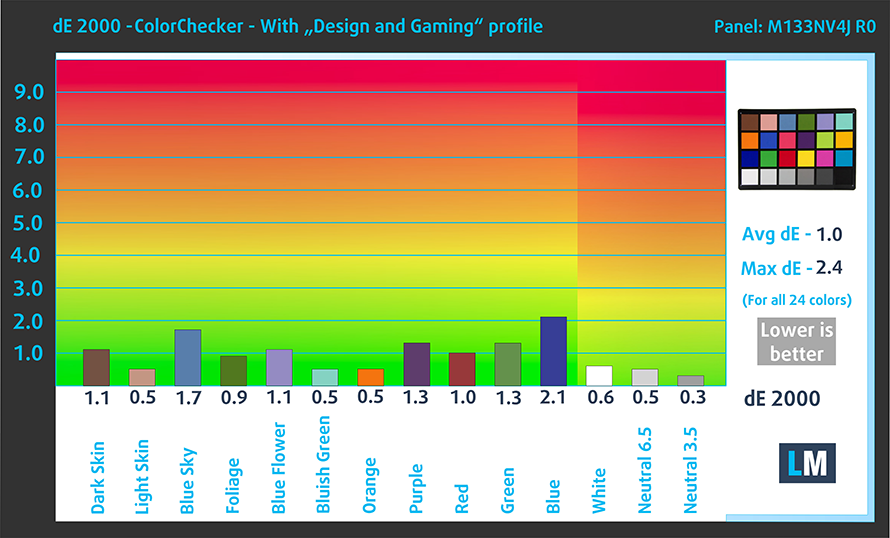

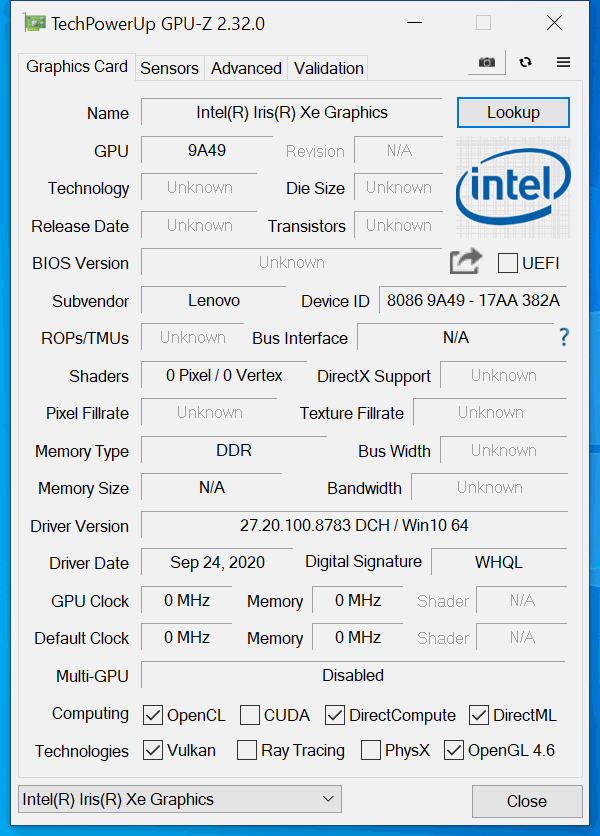








Why this laptop gets around 50% better performance in games than the Lenovo Yoga 7 with the same GPU ? https://laptopmedia.com/review/lenovo-yoga-7-14-review-a-cheaper-and-arguably-better-option-than-the-yoga-9i/
The i7 has a superior GPU but performs the same:
https://laptopmedia.com/review/lenovo-yoga-slim-9i-14-review-its-a-yoga-no-its-an-ideapad-actually-its-both/